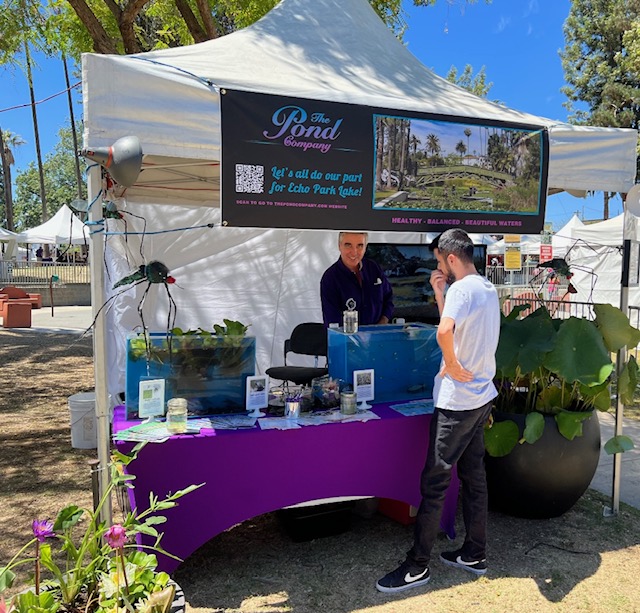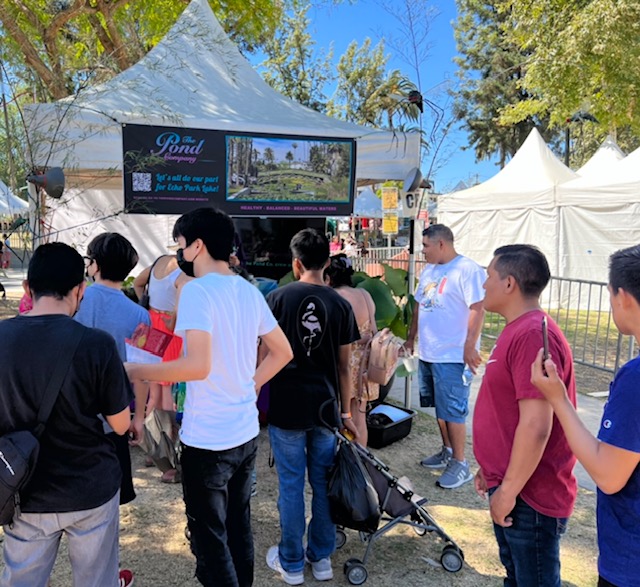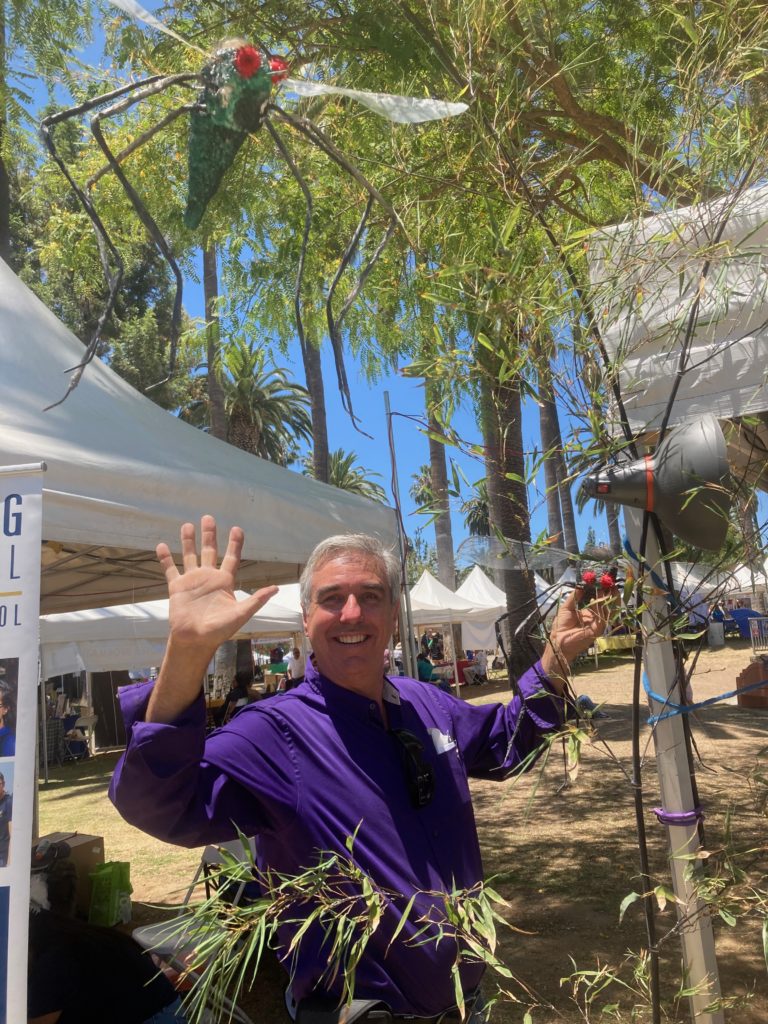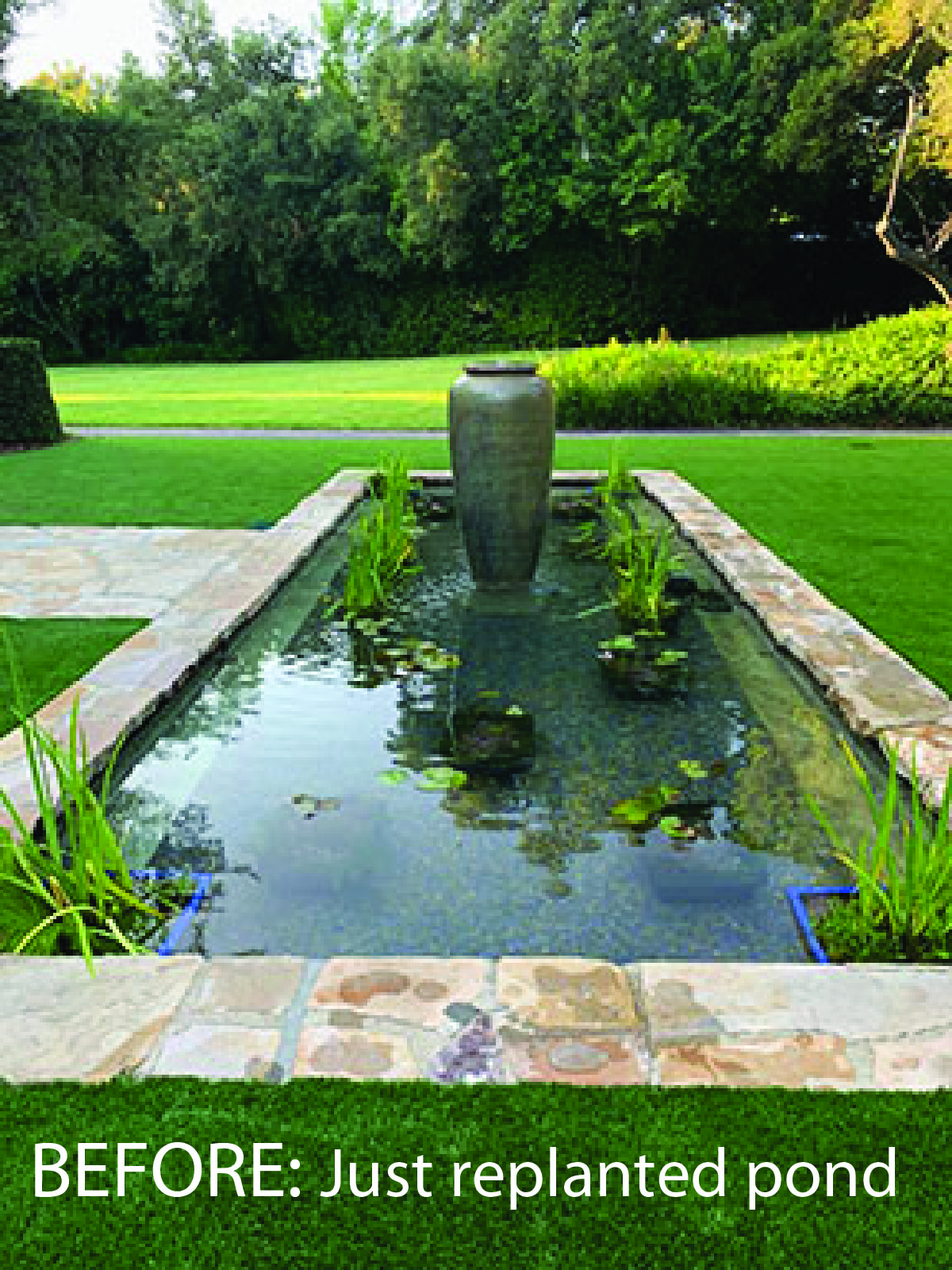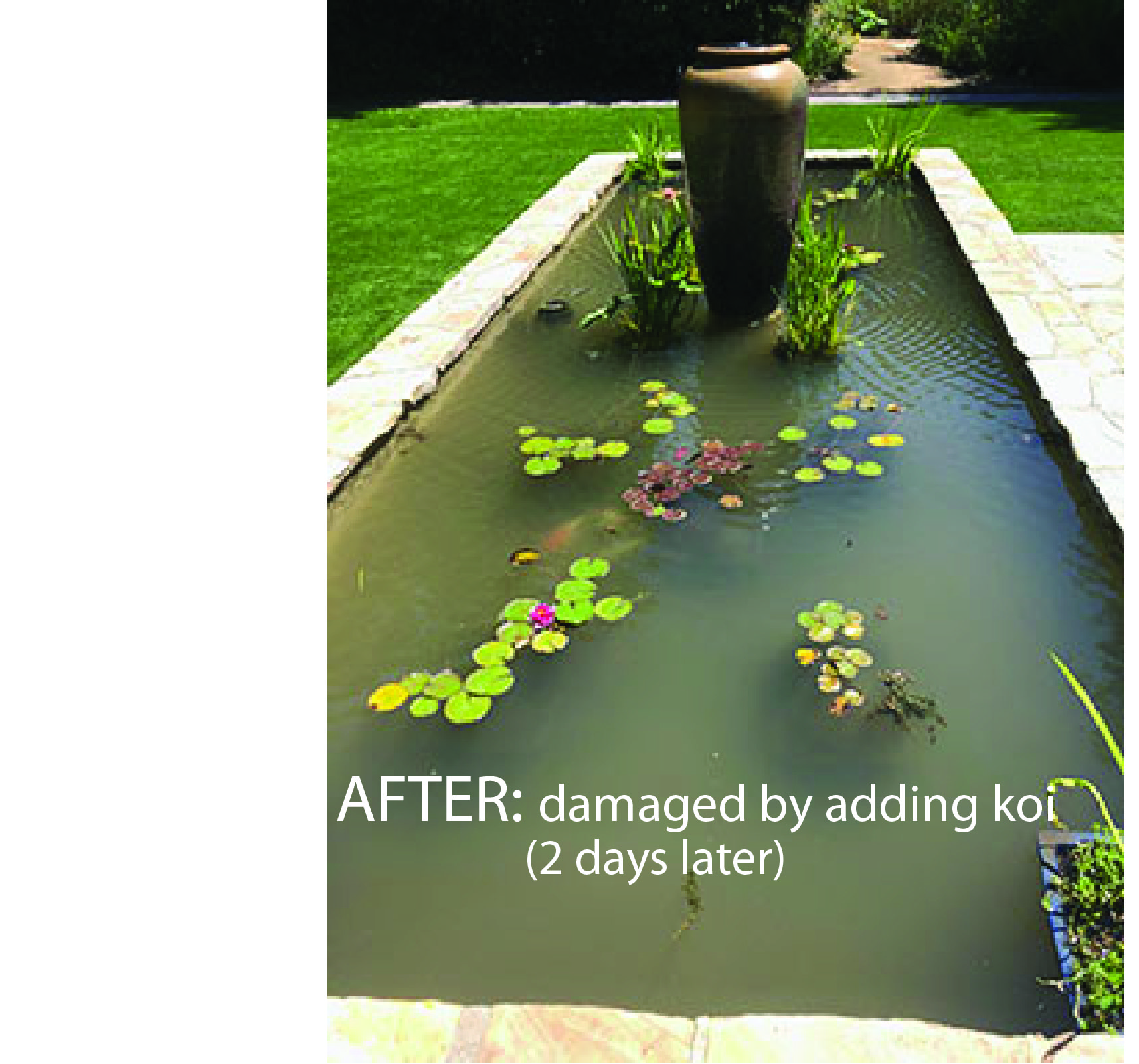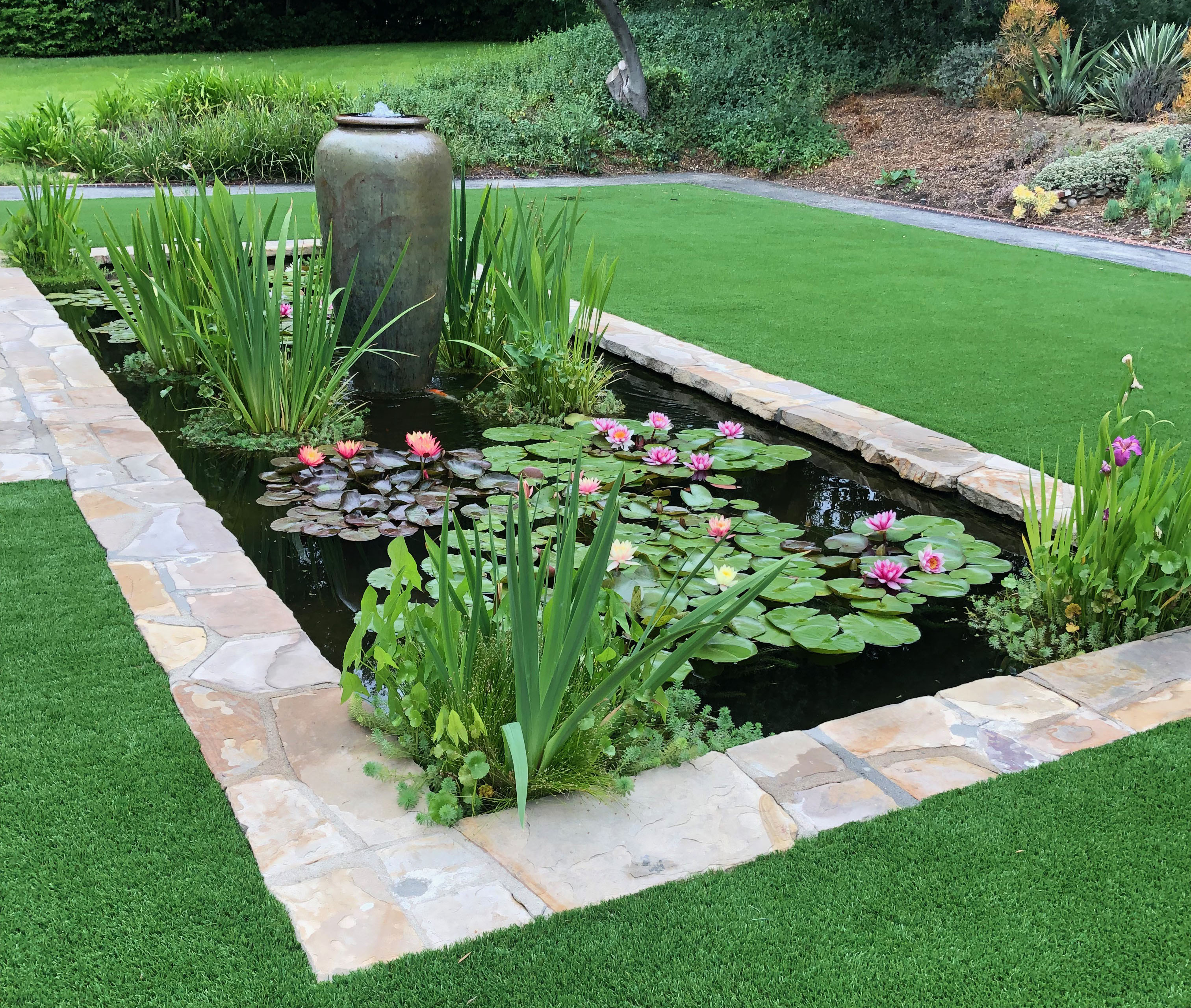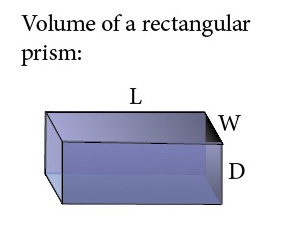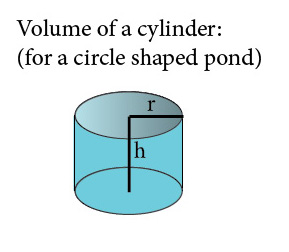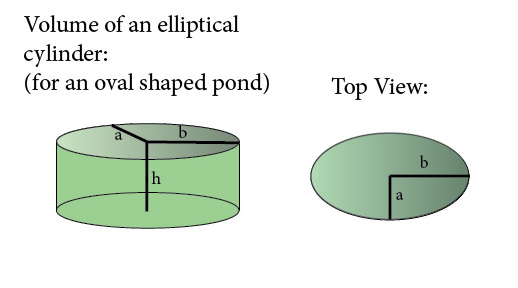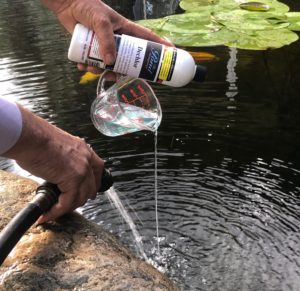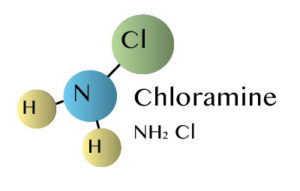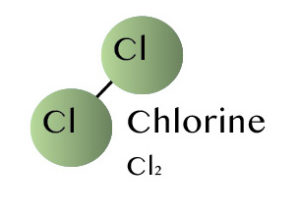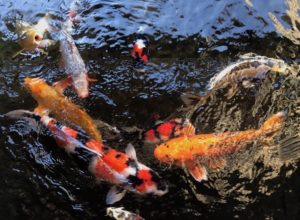Echo Park Lake – Lotus Festival
As a community involvement, The Pond Company staff donated our Saturday and Sunday at this year’s Echo Park Lake Lotus Festival to inform the public about mosquito abatement. We educated the public concerning threats that mosquitoes pose, how to recognize them and suggested solutions. To the end of supporting a direct solution, we gave away over 500 Gambusia “Mosquito Fish”. We put the fish in oxygenated water in hundreds of bags we provided to people who visited our booth. It is our hope that these fish made their way to homes that have standing fresh water in their backyards – where they can gobble-up mosquito larva. We handed out supporting printed material to further teach the community. This was all done in the name of mosquito abatement.
In addition, we had a display of “critters” found in the lake: crawdads / crayfish, baby turtles, fish, water snails, etc. Some aquatic plants were on hand for guests to touch and see up close such as the Asian Sacred Lotus Nelumbo nucifera, Water Lettuce Pistia stratiotes, and the Water lilies Nymphaeaceae.
The public attendees were full of curiosity and had lots of questions for us to stay busy answering. We had a really great experience, saw a lot of good interest in all the life of the lake and received many compliments for our efforts. Sincerely, Jon Rasmussen – The Pond Company
Add Koi to my Lily Pond ?
Cannot have plants in a Koi Pond was the old rule of thumb.
In other words, Koi and aquatic pond plants don’t mix well. This is true on some basic levels; Koi are omnivores, which means they eat vegetable (plants) as well as protein (bugs & grub). Therefore, they will naturally want to eat your plants up (if they can get to them) whenever they are hungry. Any tender growth will be grazed off and nibbled-off by Koi especially. In their attempt to eat they cause all kinds of damage to the plantings. They will also naturally root around (mouth-out and expel soils & pebbles) in the dirt, soil and fertilizer looking for tender plant growth, grubs and bugs. When you see them nose down digging, rooting, through your aquatic pots and water lily containers, it is because they are trying to find a meal. As you watch your pond become a muddy, cloudy mess as they destroy your plants, they are trying to tell you that they are hungry, and this is just how they get food they need.
Also please understand, the Natural Balance of your pond needs a lot of plants -or- biological filtration (see the following link) http://www.thepondcompany.com/“going-greenâ€/ to stay clear and beautiful. This is virtually impossible if the Koi are eating up and destroying your plantings. Balance will not be possible; low plant growth + lack of biological filtration.
Added to this very critical equation of pond Balance (see the following link) http://www.thepondcompany.com/fish-load-on-the-balance-of-your-pond/ is fish load eaten-up & destroyed Koi start out small; small load, small appetite they WILL GROW BIG and in no time your will have BIG KOI will ferocious appetite with big load on pond water = OUT of BALANCE. Koi fish are not allowing plants to thrive to take care of nutrient load coming out of you bigger fish that have grown. Â Your pond looks bad because of little to no plants (eaten-up & destroyed), muddy green & unclear water. I have had a lot of clients call us in and not understand why their koi pond does not look good and I try to explain all this to them.
Do you want a beautifully blooming, balanced Lily Pond as seen below ?
DON’T put Koi in your Lily Pond.
( above: how this pond looks just a few weeks after replanting- without KOI )
Note: Lily Ponds tend to be shallow which is not kind to the koi.
One can break this rule with certain tricks of the trade but it takes time care and diligence to achieve. Stay tuned for exception blog
How many gallons in my pond? How to figure out the volume of a pond.
First, we need to calculate the volume of the water based on the shape of your pond. No worries, if you don’t remember from geometry class in school, we’ll take you through the calculation (math class) here, all you will need are the dimensions of your pond IN FEET and we’ll give you the formula here with the magic conversion number (7.5) to know how many gallons your pond is. If the pond is not exactly rectangular, circular or oval just use average dimensions as close as possible to your pond shape below.
After that you will take the cubic feet number that you have calculated for the volume for your rectangular, circular, or oval shaped pond, and find out how many GALLONS are in the pond. To convert your number in cubic feet to gallons, the magic multiplier number is 7.5. This is because if you have 7.5 gallons in each 1 x 1 x 1 cube of water, thus 7.5 gallons per each cubic foot. So, take your number from above (total in cubic feet) and multiply it by 7.5, and this will give you the total number of gallons of water in your pond!
Rectangular Pond
The easiest shape to figure out would be a rectangular shaped pond: One would multiple the length X width X average depth X 7.5 (magic number) of your pond, and this will give you the total number of gallons of your pond.
Example:
If you have a pond that measures the length is 5 ft. the width is 3 ft. and the depth is 2 ft.
Your calculation would be 5 x 3 x 2 x 7.5 = 225 gallons
Circular Pond
If you have a circle shaped pond, use the diagram of the volume of a cylinder (shown below) to measure the radius and height of your pond. Next use the formula V = Pi x r2 x h. Where r is the radius (The radius is half of the diameter of your pond) and h is the height (or depth) of your pond. Pi is equal to approximately 3.14. You multiply all of these numbers together and it will give you the total volume of your pond. Now that you have the total volume of the pond you multiply this number by 7.5 and it will give you the total number of gallons of your pond.
Example:
If you have a pond where the diameter (or length) is 6ft. The radius is half the diameter, so your radius is 3ft. And the depth (or height) of the pond is 2ft.
pi x radius in ft2 x depth x 7.5 = gallons in your pond
3.14 x 3 x 3 x 2 x 7.5 = 423.9
Oval Pond
If you have an oval shaped pond, use the diagram of an elliptical cylinder (shown below) to measure the length and width of the pond, as well as the height (or depth) of the pond. All measurement should be done in feet. Next use the formula V= Pi x a x b x h. Where “a” is half of the width of your pond, and “b” is half of the length of your pond, and “h” is the height or depth of your pond. This will give you the volume of your pond in cubic feet. You then take the cubic feet and multiply it by 7.5, and this will give you the total number of gallons.
Example:
Pond measurements: width 4′ / length 8′ / depth 2′
pi x ½ width x ½ length x depth x 7.5 = gallons in your pond
3.14 x 2 x 4 x 2 x 7.5 = 376.8
Dechlor to save your fish from the Killer Chlorine & Chloramine
When adding water to a pond, the tap water that comes from your hose contains chlorine and chloramines, which are harmful to your fish. Chlorine is toxic to most aquatic life, and it can cause stress and bad burns to the fish once it reaches the gills and its internals. Chlorine will cause burns upon contact, damaging the gills, scales, and breathing tissue of goldfish and koi. Also, interestingly, it readily enters the blood stream after it passes through the gills, causing internal burning, stress, and significant pain to the fish. The solution to this is to add the Pond Company’s Dechlor. Dechlor is short for a water dechlorinator, which is a water conditioner that neutralizes the chlorine, chloramine, and other heavy harmful substances. Dechlor should always be used whenever we add water to a pond, and whenever we do a water change to neutralize the chemicals before they affect the fish and the ecosystem. A bottle of the Pond Company’s Dechlor can be purchased for only $17.95 (see store), please give us a call if you are interested in purchasing (626)-284-5937 or drop us an email at: info@thepondcompany.com.
Chlorine & Chloramine Kill!
What is Chloramine?
Chloramine is used to bond chlorine to water. It is added by our metropolitan water districts in combination with chlorine to sanitize and disinfect the tap water that comes to your home and business. Sanitize kills everything living without discretion, including your fish!
Chloramines first started to be used in the 1980s. Prior to that time, Chlorine would rapidly dissipate from the water, but Chloramines make Chlorine stay in the water for a longer period of time.
Chloramines are a group of chemical compounds that contain Chlorine and Ammonia. Chloramine locks Chlorine and Ammonia to the water molecule, so it stays active in the water for a longer period of time.
Although we are told that the use of Chloramine in our water makes it safe for humans to drink (debatable given all the bottled water we buy), it is definitely harmful to fish. Chloramines are toxic to fish, because the fish will take up chloramines directly through their burned gills into their blood stream – not good! We recommend that the water used for your pond always be free of Chloramines. (See blog on how to treat for Chlorine & Chloramine)
The Pond Company – Weeding Echo Park of Water Lettuce
Here is a video showcasing the work that we have been doing at Echo Park Lake, removing large amounts of water lettuce from the lake through the use of the bobcat tractor.
How many Koi for your pond?
A simple question with a not-so-simple answer. This is because there are many factors to determine a good population for your koi*pond. Now, some rules of thumb are out there based on gallons of the water of the pond. The answer you will find for grown, developed koi will range from basic rule 250 gallons per koi, up to 1,000 gallon + per koi. Please note: if you get small koi, they WILL grow to become a BIG KOI before you know it ! It is not very smart to think that the gallon amount of water alone is all there is to creating a heathy environment for your koi to thrive in. There are a multitude of variables that will impact the needs in creating a heathy environment for your fish. A biological ecosystem – yes that is what you are creating- has a multitude of factors seen and even unseen. Good Filtration and circulation are essential to this equation. Furthermore, there are many other considerations that come into play, such as temperature, climate, depth of the pond, and aeration.
THE BEST ADVICE IS TO STOCK THE POND CONSERVATIVELY AND TO MAKE A WELL ADVISED DETERMINATION BASED ON YOUR INDIVIDUAL POND. Sadly, most novice koi keepers think too BIG in terms of their ponds ability to support and consequently learn the hard way that they have overstocked; ammonia spikes, fighting disease, overcrowding …sadly losing fish by death till they finally determine just how many koi their pond can support. Thus, our advice is go slowly, collect over time and avoid overwhelming your pond.
*Note; Other breeds of fish such as goldfish or minnows are much smaller and thus have much smaller impact per fish on the ecosystem and thus you can stock a vastly larger number of fish. We recommend smaller fish breeds for any shallow pond (under 24 ft. deep) or under 2,500 gallons.
